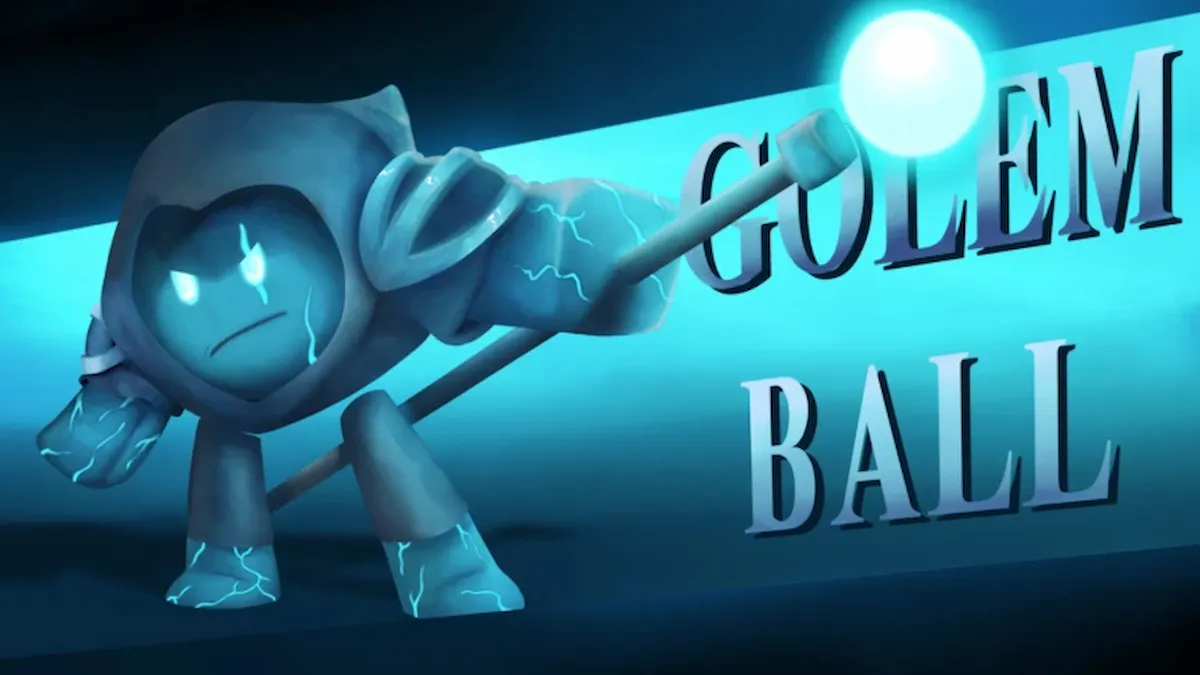

Image: BioWare/Electronic Arts
![]()
Cass Marshall is a news writer focusing on gaming and culture coverage, taking a particular interest in the human stories of the wild world of online games.
Dragon Age: The Veilguard is a game about building a team to fight ancient elven gods, but the more time I spend in Thedas, the more I realize that I’d rather be chasing a different villain. Elgar’nan and Ghilan’nain are two of the ancient elven pantheon known as the Evanuris, and they’re up to no good — blighting villages, murdering innocents, and trying to restore their ancient empire. But I find that a total snooze compared to the game’s real villainous star: Johanna Hezenkoss, evil lich in progress and absolute queen.
I should probably explain why I’m not worried about the Evanuris, despite the fact that they represent a very real and urgent apocalypse. There are certainly things I like about their character design, as well as cool story-related moments. Ghilan’nain looks great; whether she’s an unnervingly lithe figure, blinded by blight and grasping with too many limbs, or a giant face in the clouds, I love her design. And I also liked those creepy moments when Elgar’nan whispers in protagonist Rook’s mind, promising impossible gifts.
Unfortunately, these moments are drowned out by the duo’s dialogue, which is pretty basic. The two of them bellow about drowning the world in blight, endless power, the futility of anyone trying to fight them, and their immortality. It’s exactly what you would expect from a world-ending villain, and I found myself bored after the second encounter or so. Elgar’nan in particular is a disappointment. Ghilan’nain is able to lean on her brilliant visual design and army of monsters; Elgar’nan’s just a big guy in an impractical hat.
Compare them to Johanna Hezenkoss, a woman who looks remarkably mundane in comparison. She wears the simple garb of the Mourn Watch, a pair of goggles, and a practical hairstyle. If it weren’t for the ghastly lantern at her side, you might mistake her for a simple lab assistant. Emmrich, one of the game’s best companions, asks you to hunt down Hezenkoss on his behalf. She gets the upper hand — quite literally, by revealing that the party’s Hand of Glory is actually her own severed appendage — and banishes the party to the Fade.
That’s a pretty strong start for a villain, but it gets better as you continue Emmrich’s storyline. Eventually, you learn Hezenkoss is having a big fancy soirée at her evil necromancer mansion. This is obviously suspicious, so the team goes to investigate, only to find that Hezenkoss has invited petty rivals, annoying nobles, and her other enemies so that she can sacrifice them all and inhabit the body of a giant golden skeleton monster. It’s like The Menu, but for necromancy.
I, for one, appreciate the goal of sacrificing a bunch of people you dislike so you can ascend to the immortal form of a giant skeleton. She reminds me of that Spider-Man meme where the hero is telling a pterodactyl scientist that he could cure cancer with his technology, and the pterodactyl man — who happens to be riding a triceratops — retorts that he doesn’t want to cure cancer, he wants to turn people into dinosaurs.
Hezenkoss and Elgar’nan both want power, sure, but one of them is much more theatrical about it. I love a good mad scientist, and Hezenkoss pulls the role off with aplomb. I won’t spoil the conclusion of her confrontation with Emmrich, but it’s one of The Veilguard’s strongest moments. Part of me yearns for an alternate history where The Veilguard had a much smaller scope and less urgent stakes. In this hypothetical alternative timeline, I think Johanna Hezenkoss deserves a promotion to main villain. I’ve already forgotten about Elgar’nan and his schemes, but Hezenkoss will live on in my heart — a villain with ambition, goals, and the freedom to chew the scenery a little bit during her moment of triumph.

 2 months ago
55
2 months ago
55








![Anime Reborn Units Tier List [RELEASE] (November 2024)](https://www.destructoid.com/wp-content/uploads/2024/11/anime-reborn-units-tier-list.jpg)
